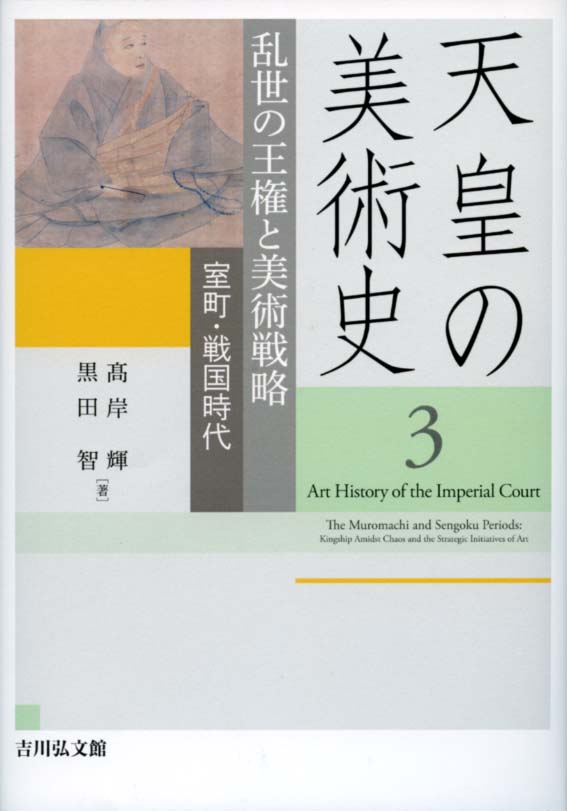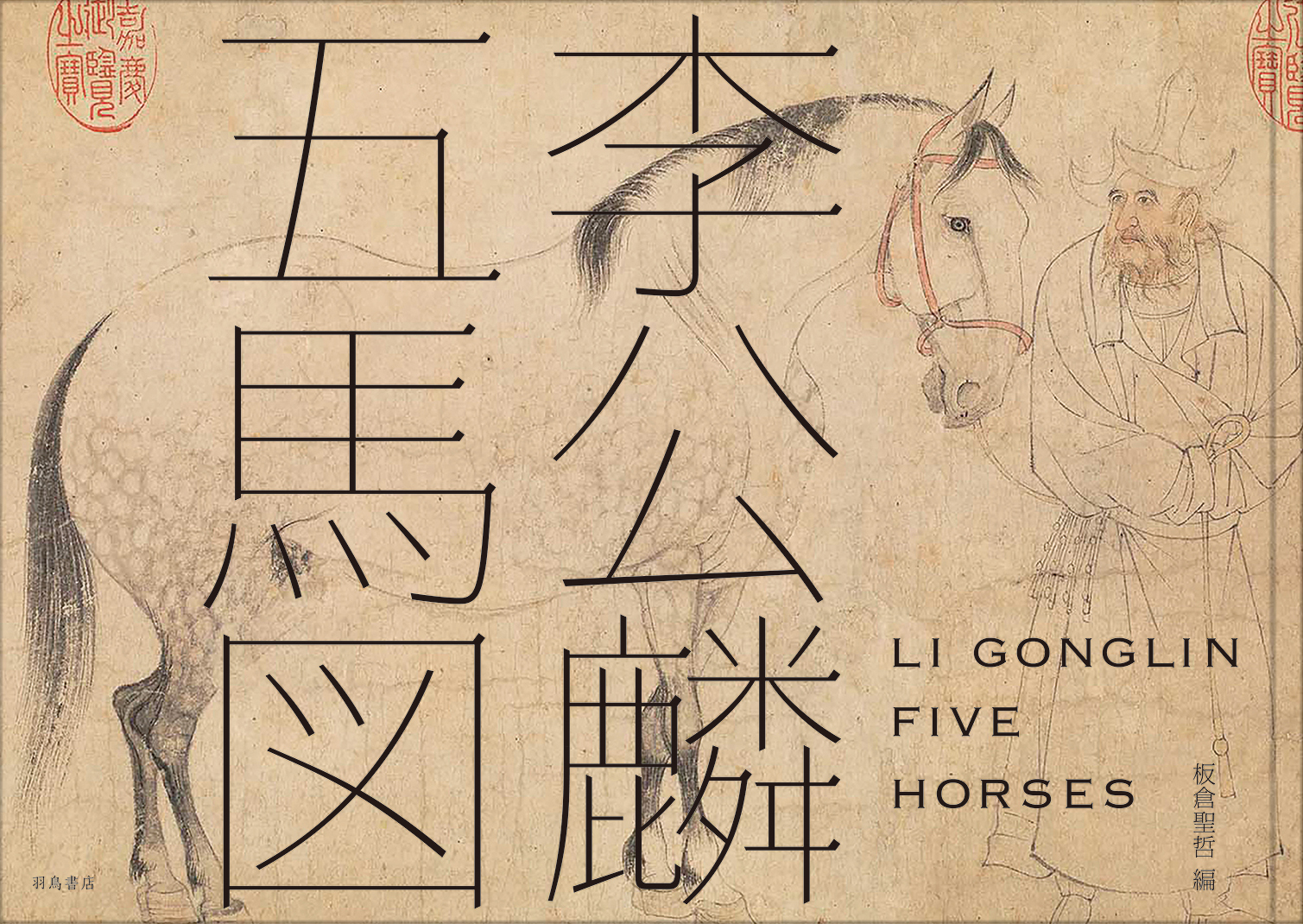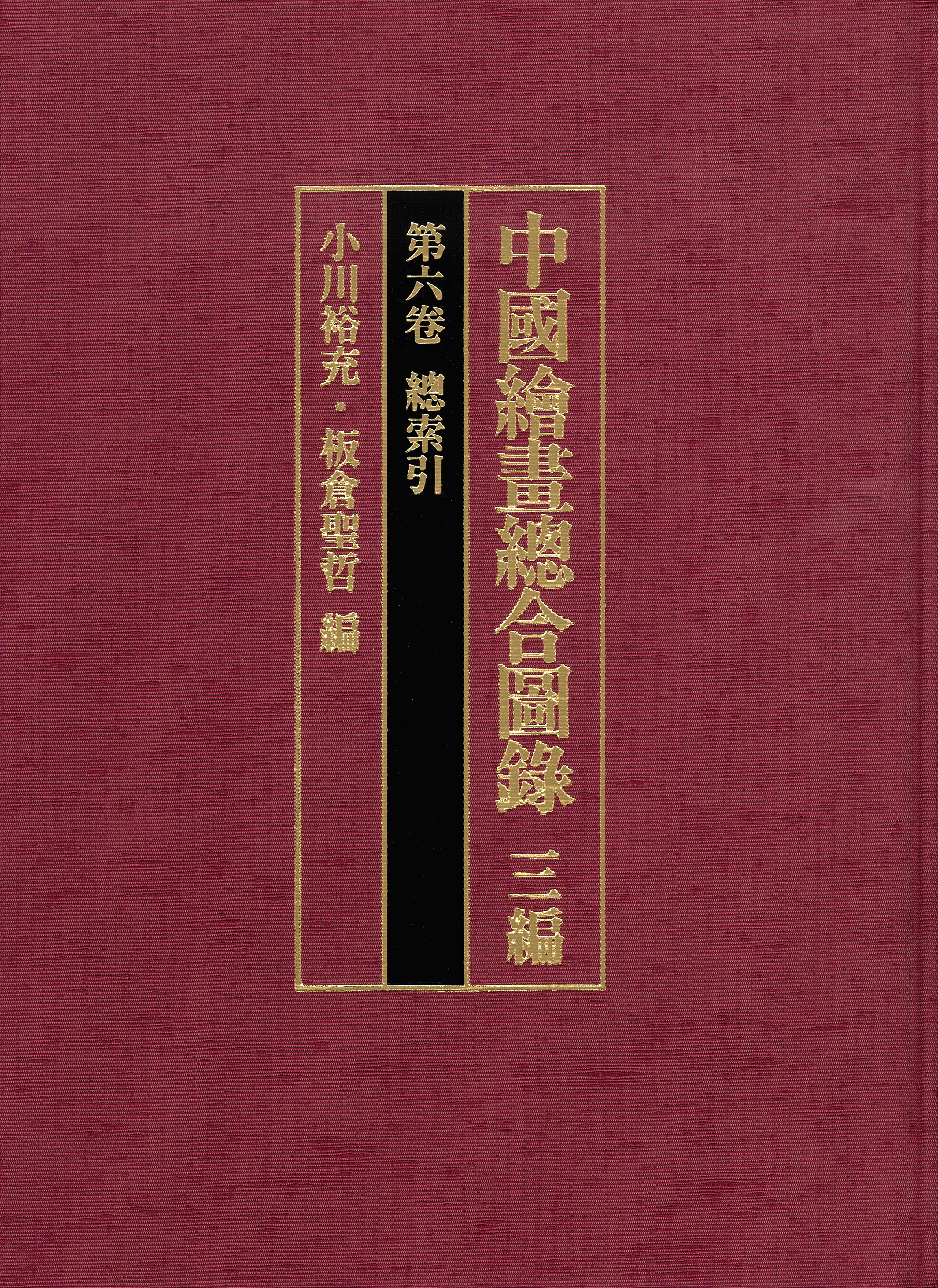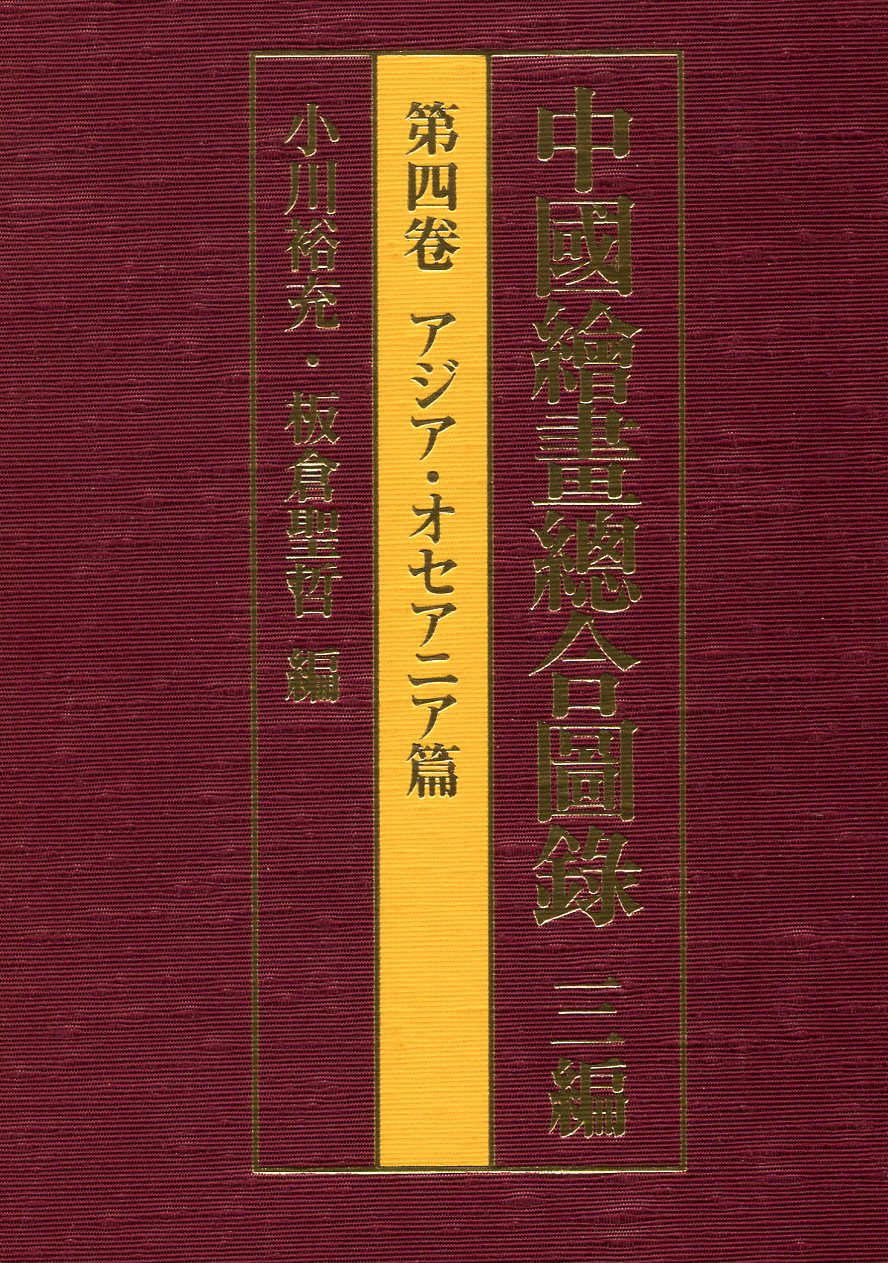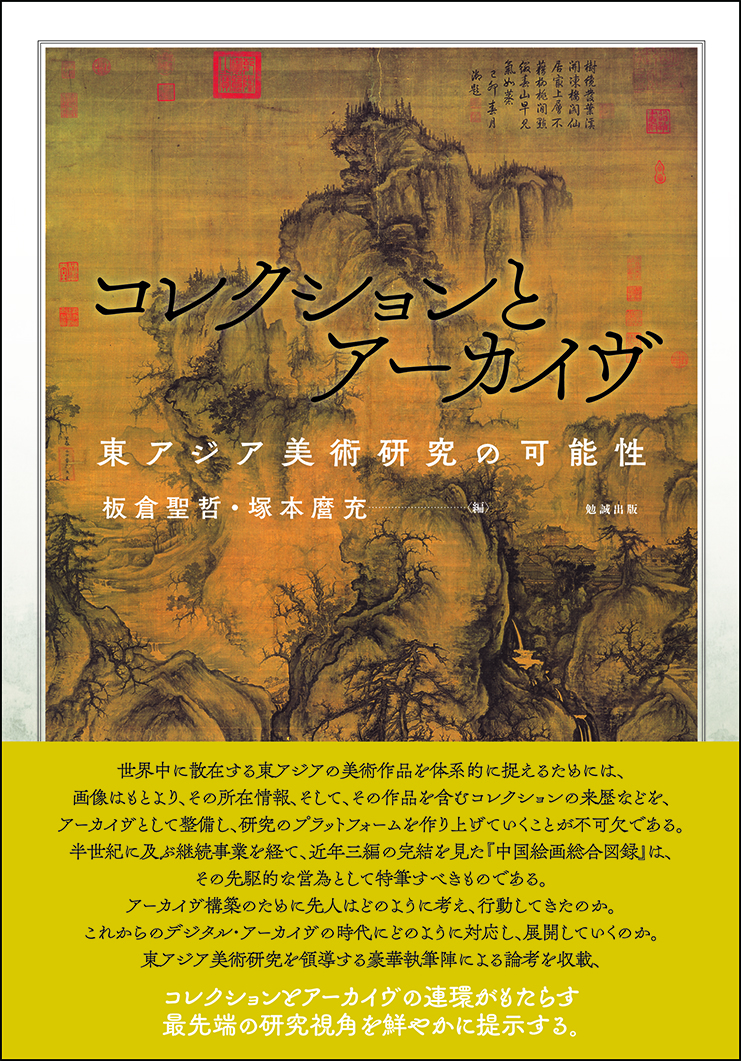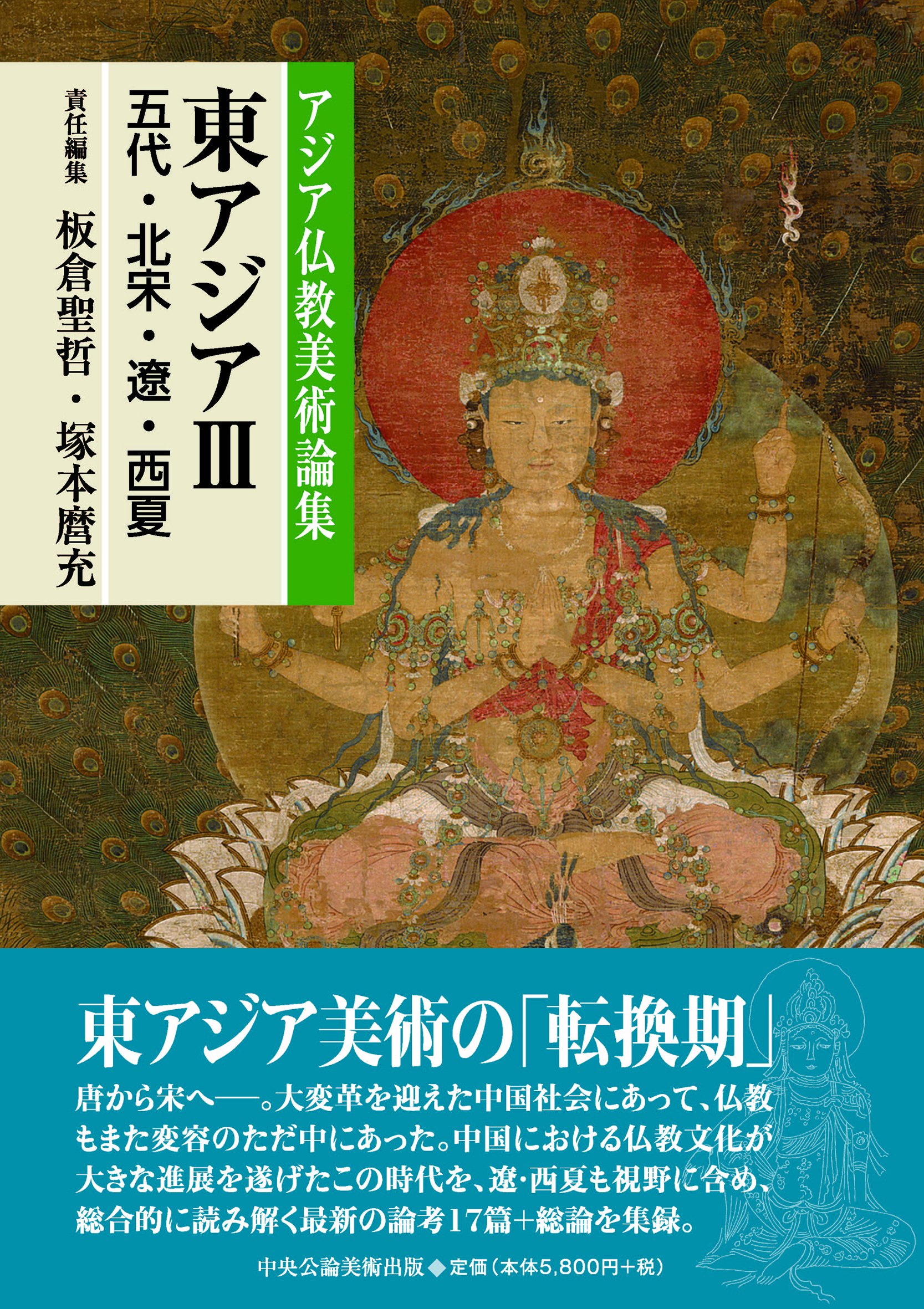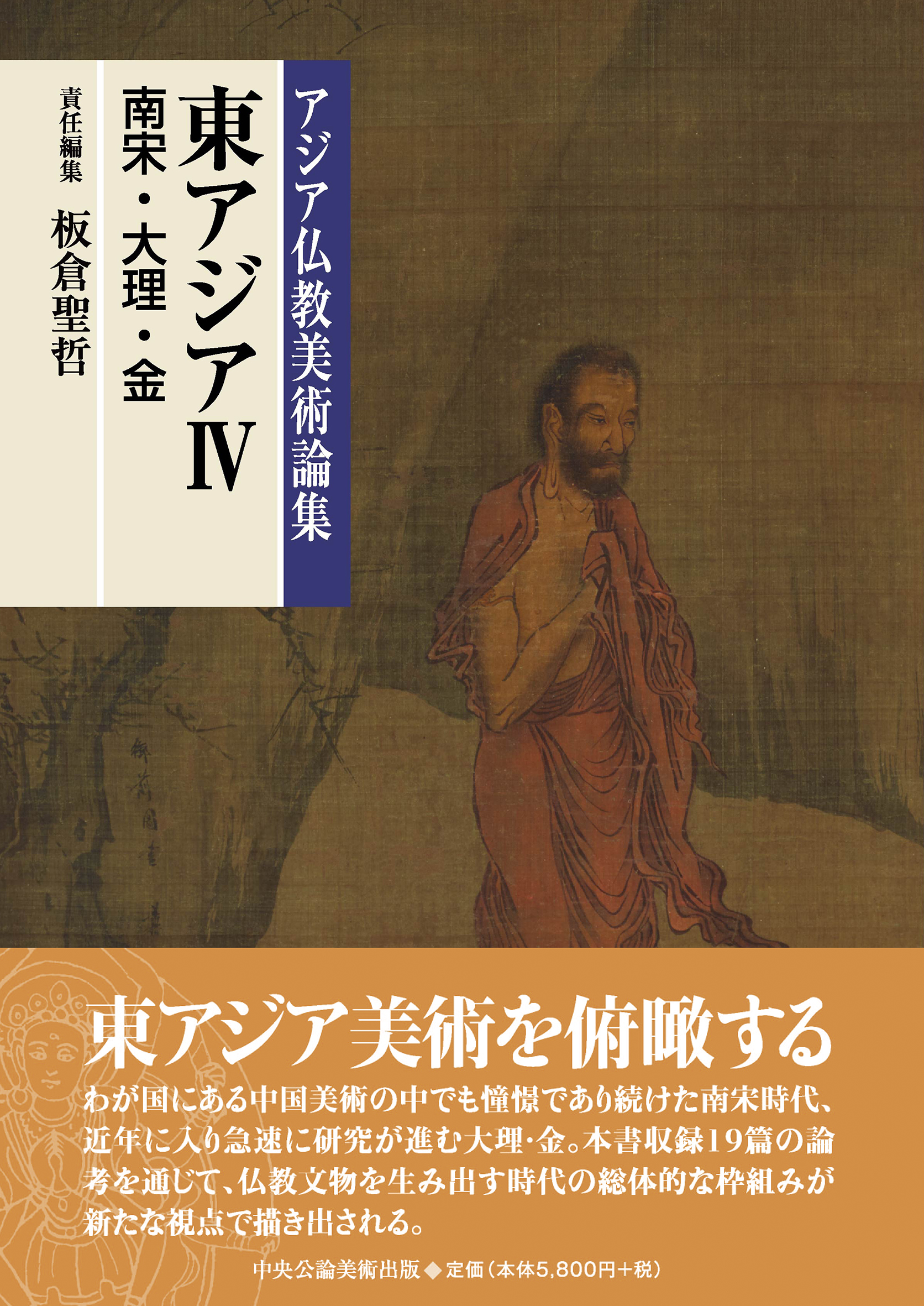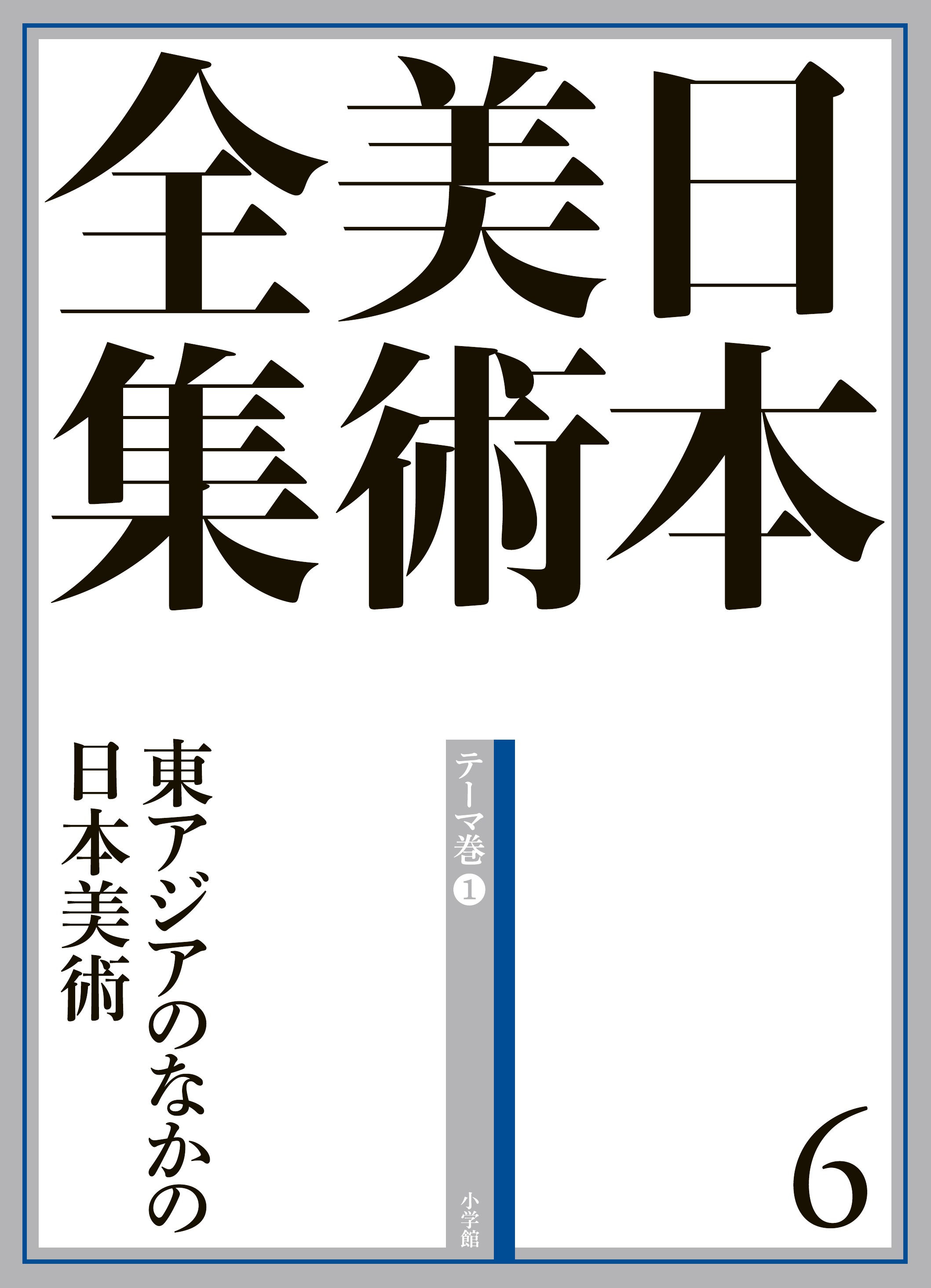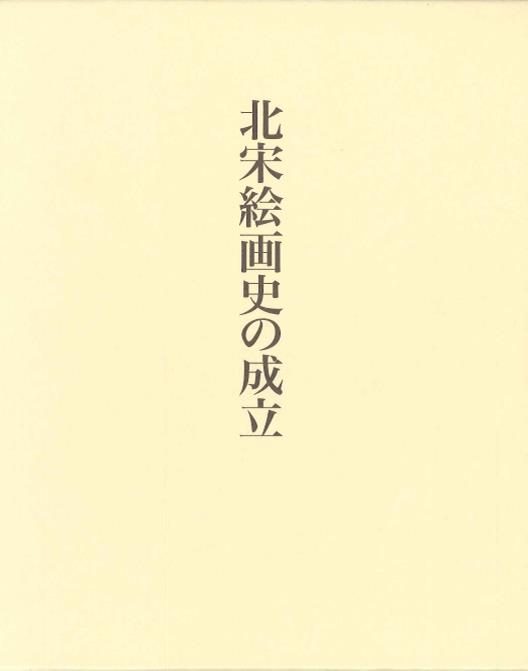
Title
Hokusoukaigashi no Seiritsu (The Formation of the History of Northern Song Painting)
Size
720 pages, first 8 pages in full color, with 400 illustrations, B5 format, hardcover w/bookcase
Language
Japanese
Released
May, 2016
ISBN
978-4-8055-0758-2
Published by
Chuokouronbijyutsu.
Book Info
See Book Availability at Library
Japanese Page
This book examines the processes that led to the formation of the history of paintings in China’s Northern Song dynasty, focusing on the Three Libraries and Imperial Archives, the public agencies established during the Northern Song era to collect and exhibit cultural artifacts. The book questions the significance of the existence and function of these artifacts, which collectively can be said to have constituted one of the most fundamental institutions of Chinese society. It also examines the overall process by which these objects “travel” (focusing on their history of exchange) and how their forms and significance transform. It explains the history of these artifacts as woven by the relationship between humanity and works of art from the perspectives of both human self-awareness and historical awareness. Therefore, this book casts a wide net and explores paintings, calligraphy, rubbings and writings, Buddha statues, Buddhist relics, and bronzeware. It also examines the processes by which these artifacts are produced, collected, and exhibited to the public; these are processes that reconstruct the significance of the referenced culture. Furthermore, the book clarifies the significance of the setting that produced these artifacts—the Northern Song court, which reigned as the center of the East Asian world during its heyday—as well as the significance of the circulation of these artifacts throughout the world.
In studying the history of Northern Song paintings—one of the landmark achievements of Chinese art—the book uses as its foundation the stylistic approach conventionally taken by art history, but it confronts cultural artifacts as objects, not art. This approach allows the book to identify for the first time the processes by which objects that have previously been scattered and disconnected come together and create meaning. This is the focus of the first half of the book; the second half is devoted to an investigation of the processes by which these artifacts lose the settings that provide them with meaning, are subsequently cast out into society, and are then attributed new meaning in new communities. The Northern Song court was forever lost following the Jingkang Incident, but many of its cultural artifacts lived on. Once the settings that give artifacts meaning are lost, these artifacts are jettisoned into society, discovered in the future by new recipients, and conferred new meanings handed down by a variety of communities. The book’s foremost and most consistent concern, however, is examining not only the significance appended to these objects by their artists at the time of their creation but also the significance handed down to them in human societies and the processes by which significance is created. That is the reason behind the book’s title: The Formation of the History of Northern Song Painting.
In truth, this book strongly reflects the author’s experiences related to working at a museum. Through collecting, preserving, researching, and exhibiting artifacts, a curator is constantly posing questions to society regarding these objects and their significance. The book examines how cultural artifacts were distributed in the Chinese imperial court during the Northern Song Dynasty; in its conclusion, however, it discusses how exhibiting these same artifacts in present-day museums creates new meaning for them. Humans create objects, hand them down, and use them to create communities. What, then, is the nature of humans whose talents are put to work in this process? In the future, how will objects and human societies shape and give each other meaning? These are the questions we must continually ask ourselves from now onwards.
(Written by TSUKAMOTO Maromitsu, Associate Professor, Institute for Advanced Studies on Asia / 2018)
Related Info
http://www.chukobi.co.jp/user_data/pdf/北宋絵画史の成立.pdf



 Find a book
Find a book


